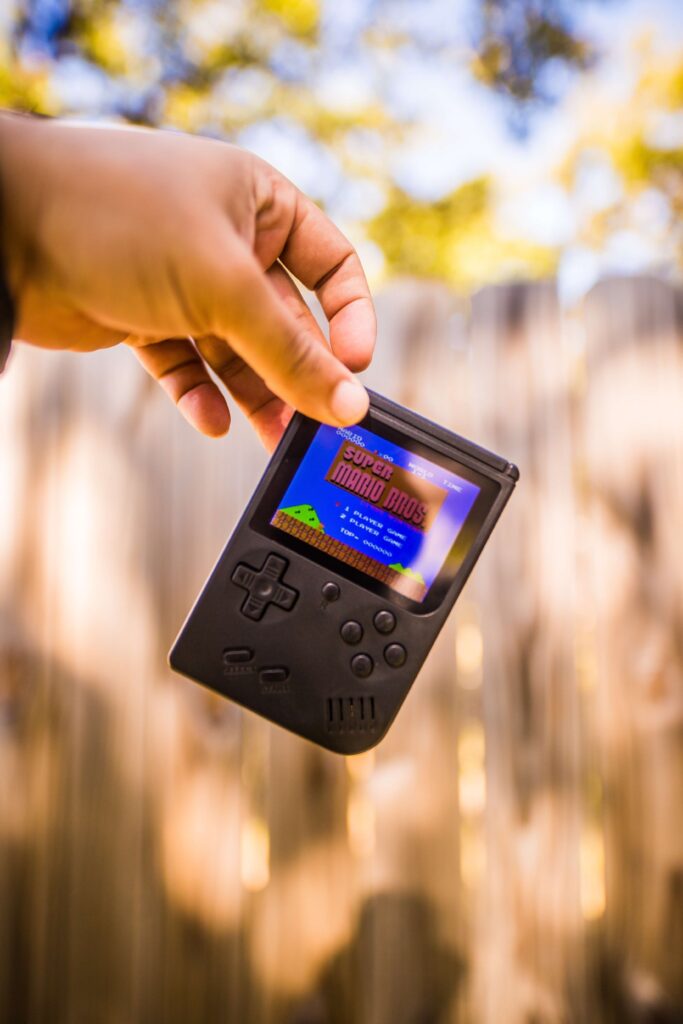WHAT IS 3G?
3G, the third generation in Cellular Mobile Phone Technology. It has data transmission rates of up to 200Kbit/s (kilobits per second), about 50 times the speed of 2G. It allows for high-speed data transfer and more data capacity at lower costs; it certainly permanently brought us online.
The first standards of 3G were WCDMA and UMTS (Wideband-Code Division Multiple Access and Universal Mobile Telecommunication System). These advanced wireless technologies are both wildly used in mobile phones and data cards.
Japan became the first country to introduce 3G with NTT’s pre-commercial launch in 1998, while South Korea’s SK Telekom followed with its first fully commercial launch in 2003.
I.T.U (International Telecommunication Union) defined the demand for 3G in the I.M.T-2000 (International Mobile Telecommunication-2000) as “to facilitate growth, increase bandwidth, and support diverse applications”.
https://www.techtarget.com/searchnetworking/definition/3G-third-generation-of-mobile-telephony
3G OVERVIEW
The entrance of 3G’s 2Mbit/s (Megabits per second) high speed was a game changer as it gave more levels to the standard for Mobile Networks and Data Usage.
3G became the first Mobile Broadband-Capable Wireless Network. It had tower expansion abilities to serve up to a hundred users at once without drop-in network service.
The ability to expand to its maximum capacity to concurrently accommodate more subscribers at every given time was good news to operators as this means more subscribers and increased revenue.
Moving devices had network speeds of 144Kbit/s or slightly more and up to 384 Kbit/s or 2Mbit/s on non-moving devices. Contextually, network signals and speeds are more stable when not in motion.
New hardware devices for both towers and subscribers were needed whenever a new technological advancement was made on previous network generations, but the 3G network was more flexible.
It came with the ability to upgrade and expand radio connectivity, software and apps whenever required.

Phone Manufacturer’s Innovation For 3G
3G’s powerful advancement in Wireless technology gave an innovative head start to phone manufacturers like Samsung, Apple, Nokia, and BlackBerry in the creation of 3G-capable Smartphones.
It was hard to beat the genius of Apple in 2008 when it launched its second release of phones and named it “iPhone 3G”.
The phone simply announces itself as 3G-capable- that became absolutely Top-Of-Mind for users. Other phone manufacturers also wowed users with out-of-the-world 3G smartphones.
Fiddling around with exchange rates all the time is not worth it!
The Availability of 3G Internet Connection and Apps
These advancements and round-the-clock availability of 3G network connections birthed a wide variety of internet-based applications. These apps served customer needs, solved business challenges, and allowed for phone and online gaming.
Social and business platforms like Facebook, YouTube Uber, Myspace, online banking, teleconferencing, and more gained popularity as more people connected.
What is Latency?
“Latency” became the buzzword to measure speed. Latency is the total time it takes for devices to respond to each other on a network. The lower the latency the better the response speed, the higher the latency, and the longer it takes to get a response.
A typical example is hearing a neighbor screaming “it’s a goal while your TV is yet to show the goal during a football game. It simply means your latency is high hence the slowness to receive media or data.
3G’s latency response was about 100ms (milliseconds) or 0.1 seconds compared to 2G’s 500ms or 0.5 seconds.

The Capabilities of 3G and How it Transformed our World
Imagine the transformation and capabilities 3G came with?! People could from the comfort of their homes, offices, or anywhere use their smartphones to make video calls, send emails, do businesses online, play multiplayer online games, get instant online news, be and stay on social media, and video stream movies, download files, music and more.
All that was needed was a fast internet connection and a smartphone.
Equipped with powerful functionalities, most smartphones transformed into minicomputers we could take anywhere. Depending on your preference, iPads, tablets, flip phones, touch screens, game phones, and more were available.
At last, convenient communication was at our fingertips.
The symbol for the third generation of mobile wireless technology is 3G.
FUN FACTS AND FEATURES OF 3G
- In 1998, 3G was first pre-commercially released by NTT in Japan
- The first fully commercial launch was in 2003 by SK-Telecom in South Korea
- It had a GSM-based WCDMA standard (Wideband-Code Division Multiple Access)
- UMTS (Universal Mobile Telecommunication System) was a new standard by 3GPP which was mainly used in Europe
- Achieving 3G maximum speed depended on the device mobility- for moving devices/ mobile phones in cars or on trains had maximum speeds of around 384Kbit/s while for non-moving devices like people on foot, speeds reached was around 2Mbit/s
- With a huge increase in transmission speeds, 3G enabled a vast variety of applications such as mobile internet, online banking services, web browsing, emailing, voice and video calls, online TV, and video streaming even in high definition, online games, sharing and downloading multimedia, teleconferencing, and a lot more
- Any of these services could be accessed at the same time
- 3G’s data transmission rates of at least 200 Kbit/s allowed for a high-speed data transfer and more data capacity at an affordable cost
- One of 3G’s best features was its payment flexibility to charge subscribers not based on time but based on data transferred
- 3G’s latency or response time was 100 milliseconds (0.1 seconds)
- The symbol for the 3G network was 3G
As time went on, there was a demand for more 3G network capabilities to facilitate growth, increase bandwidth and support diverse applications.
The demand for more data speed led to the launch of two new standards; HSPA (High-Speed Packet Access), also known as 3.5G, and HSPA+ known as 3.75G.

